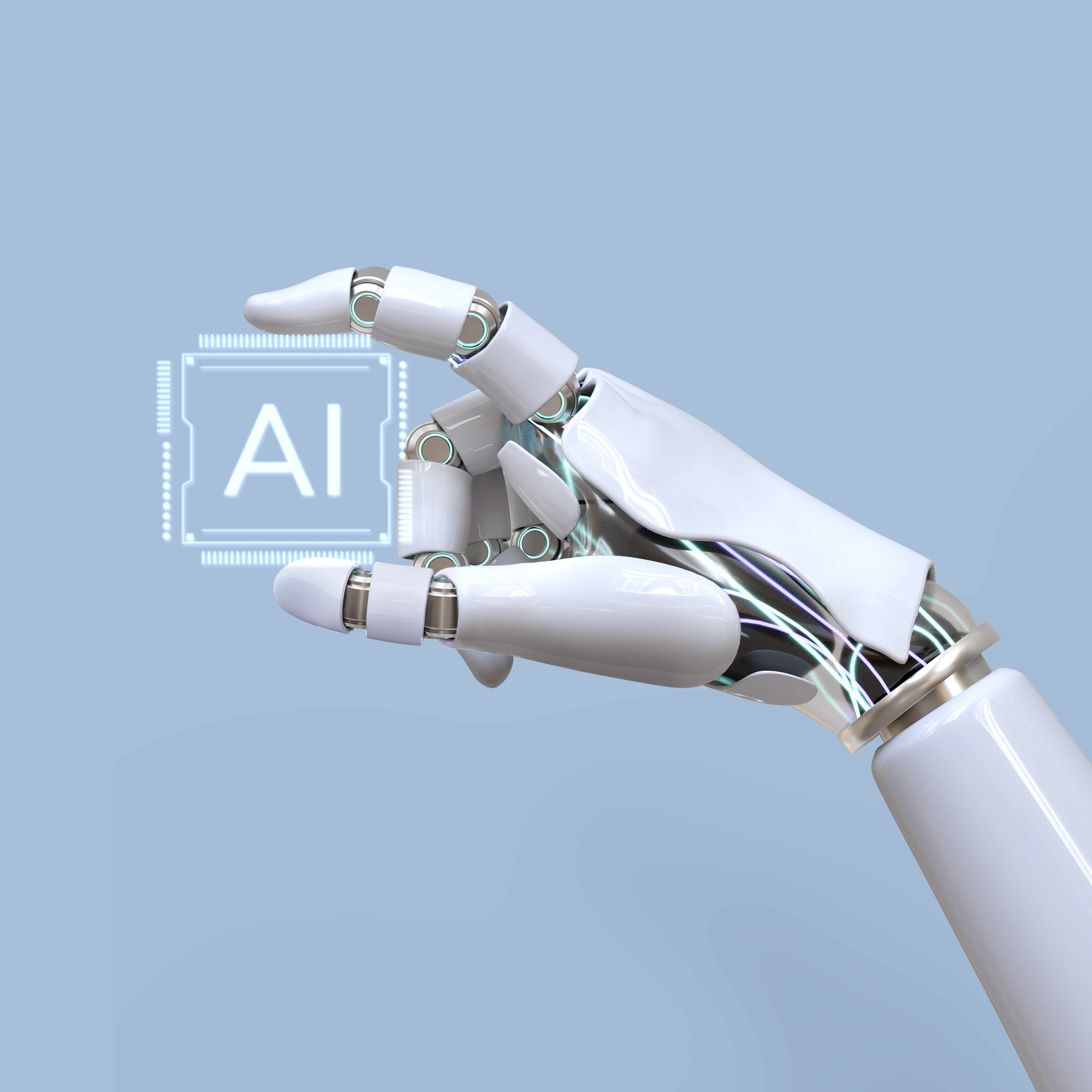Artificial intelligence (AI) is a technology that is said to change the game. It powers search engines, smart assistants, self-driving cars, and education platforms for students. But, like any technology, there are compromises. The question that many researchers are asking today is one that is seemingly simple yet extremely important: how is AI bad for the environment? This article discusses how scientists study this issue, the impact of AI on the environment, and the unexpected benefits that AI has to provide—especially for students and young learners who want to study nature.
The Growing Concern Over AI and the Environment
AI models are machine learning algorithm-based, and machine learning algorithms have a tendency to require enormous computational power. The models are trained using data centers filled with servers, which consume energy and generate heat. The environmental consequence comes from three key components:
- Energy consumption — Running large AI models requires megawatt-hours of power, often from fossil fuels.
- Carbon footprint — The energy required results in excessive greenhouse gas emissions, depending on where data centers are located.
- Resource use — Building the hardware behind AI, such as chips and servers, relies on the mining of rare earth minerals, which has certain environmental effects.
When we ask the question of how is AI bad for the environment, scientists provide these three pillars as reasons why uncontrolled growth in AI can cause climate change if not regulated.
How Researchers Study AI's Impact on the Environment
- Measurement of Energy Consumption
One of the methods researchers examine the footprint of AI is through the calculation of the amount of electricity needed to train and execute models. For instance, training an enormous language model may take the same amount of power as a few hundred homes use in a single year. Researchers juxtapose it with other sectors to put it into perspective. - Carbon Accounting
Another method is to trace the carbon dioxide emissions that are produced by AI activities. If one data center's electricity is derived from coal, then its carbon price is significantly higher than that of another with renewable energy. This helps track where greener infrastructure investment is needed most. - Life-Cycle Assessments
Environmental scientists carry out full life-cycle studies as well. They study not only energy usage while using AI but also the impact of producing the chips, relocating equipment, and disposing of old equipment. - Comparative Studies
Finally, researchers like to compare AI to systems in the past. Is a fuel-saving AI-based logistics system necessarily better or worse than the carbon cost of powering the AI itself? These studies illustrate how to measure real-world trade-offs is complex.
Why the Question Matters for Students and Educators
Knowing how is AI bad for the environment is not just a matter of scientists—it is also important for students, teachers, and communities. Environmental education more and more includes digital tools, and AI is among them. Through learning about the two sides of the impact of AI, students discover that all technological advances have costs and benefits.
For students, this question also highlights the importance of teaching critical thinking. Students are encouraged to look beyond the "hype" and analyze real data: How much power does a model consume? How do alternative sources of energy alter the balance? Must governments regulate AI energy use? These questions encourage investigation and bring environmental science together with the study of technology.
AI as a Tool for Environmental Learning
- Simulations and Modeling — AI has the ability to simulate complex environmental systems, from weather forecasting to climate change scenario modeling. Students can explore "what-if" scenarios, such as what will coastal cities do when sea levels rise by half a meter. Simulations make abstractions real and fascinating.
- Personalized Environmental Education — Learning systems based on AI can tailor lessons to individual students. A high school student struggling with geography might view interactive maps, while a student who is interested in marine biology learns about ocean current models developed by AI.
- Data Collection and Analysis — AI technology also reads data from satellites, wildlife monitors, and nearby sensors. Students can view up-to-date details on deforestation, pollution levels, or wildlife migrations and build data literacy.
Case Studies: AI in Environmental Action
- Wildlife conservation: AI systems identify species from camera-trap images, enabling biologists to track endangered species.
- Weather forecasting: Machine learning improves short-term forecasts, giving communities more time to prepare for extreme events.
- Energy conservation: AI in smart grids helps curb waste and integrate renewable sources more effectively.
Finding Balance: What Students Can Learn
- Encourage awareness of energy — Teach students that digital technologies have hidden energy costs.
- Offer sustainable computing — Explore renewable energy options to power school servers and labs.
- Debates — Host classroom debates on AI and sustainability.
- Research projects — Have students examine local impacts and benefits of AI.
The Future of AI and Sustainability
AI technology keeps improving, and our understanding of its carbon footprint does as well. Training gigantic models with billions of parameters consumes resources, but innovation can bring more efficient algorithms, greener data centers, and sustainable hardware designs.
Conclusion
Artificial intelligence has risks and possibilities. If we wish to understand how is AI bad for the environment, then the answer arrives in terms of energy use, carbon emissions, and resource requirements. But the same AI can also empower students, scientists, and activists to learn, fight for, and protect the natural world more effectively. The challenge is to create AI responsibly—limiting its environmental footprint but expanding its ability to teach, innovate, and conserve.
